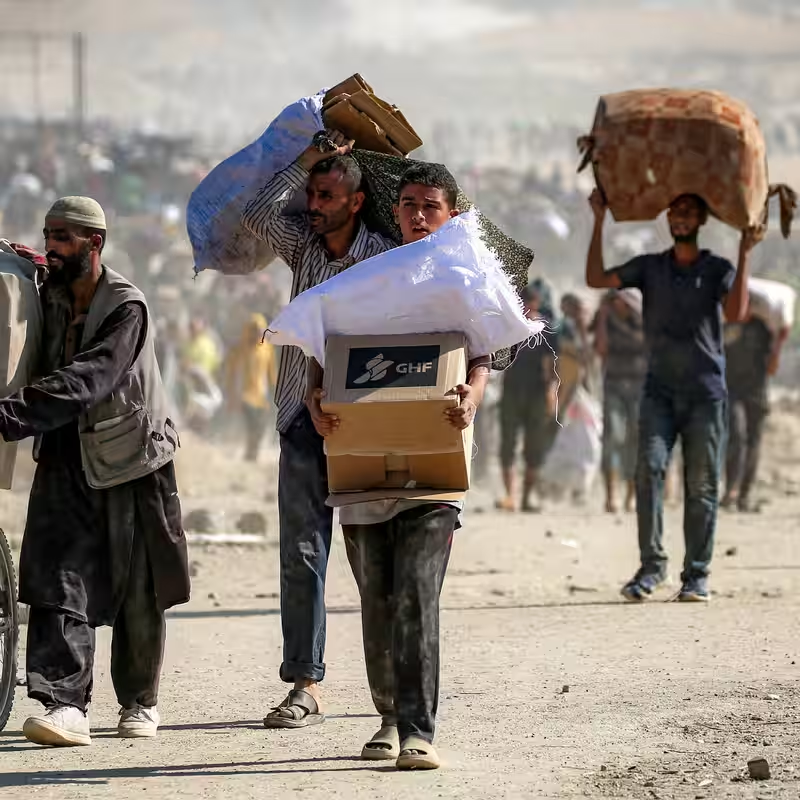The Gaza Humanitarian Foundation (GHF), a key lifeline for millions in the war-torn enclave, has made the difficult decision to suspend all aid operations. This move comes as a surprise to many, given the recent implementation of a fragile ceasefire that was supposed to pave the way for a massive influx of humanitarian assistance .
Why Has the Gaza Humanitarian Foundation Stopped Working?
On the surface, the timing seems counterintuitive. A ceasefire, which took effect on October 10, 2025, should be a green light for aid organizations to ramp up their efforts . However, the reality on the ground is far more complex and grim.
The GHF has cited a devastating combination of factors for its suspension of operations:
- Critical Funding Shortfall: Years of relentless crisis have drained donor resources. The foundation is running dangerously low on the financial fuel needed to keep its trucks moving and its warehouses stocked.
- Logistical Nightmares: Even with a pause in active hostilities, the infrastructure in Gaza is decimated. Roads are impassable, communication networks are down, and the sheer scale of destruction makes the distribution of aid an enormous challenge .
- Uncertain Security: While a ceasefire is in place, its long-term stability is far from guaranteed. Aid workers remain at significant risk, and the foundation must prioritize their safety.
The Ceasefire Paradox: Peace, But No Relief
The current situation presents a cruel paradox. The ceasefire, a moment of respite from two years of brutal conflict that has claimed over 66,000 Palestinian lives , was meant to be a turning point. It was designed to allow for the delivery of desperately needed aid and the release of hostages .
Yet, organizations like the GHF are finding that peace on paper does not automatically translate to the ability to operate on the ground. The International Federation of Red Cross and Red Crescent Societies (IFRC) has echoed this sentiment, stating that the ceasefire is a critical first step, but that the real work of recovery and rebuilding is just beginning .
What This Means for Gaza’s Civilians
For the 2.3 million residents of Gaza, many of whom have been forcibly displaced multiple times , the suspension of GHF operations is a devastating blow. The foundation was a primary source for food, clean water, medical supplies, and shelter materials. Its absence leaves a massive void in the humanitarian response at a time when needs are at their peak.
The World Health Organization (WHO) has outlined a 60-day plan for health and recovery in Gaza, but such plans are entirely dependent on organizations like the GHF being able to function effectively . Without them, the blueprint for recovery remains just that—a plan on paper.
A Fragile Future for Humanitarian Aid
The GHF has expressed its intent to resume operations as soon as possible . However, this is contingent on two critical developments: a significant and immediate influx of international funding and a tangible improvement in logistical access within Gaza.
The global community now faces a stark choice. The guns may have fallen silent for a moment, but if the world fails to act swiftly to support the humanitarian infrastructure, the ceasefire could become a hollow victory. The people of Gaza need more than just an absence of bombs; they need the tangible hope that comes from food, medicine, and the promise of a future.




